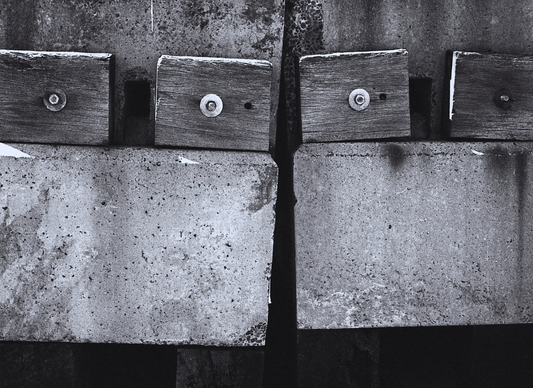When starting home improvement tasks such as gardening or landscaping, it is important to install piping systems correctly for the best results. One of the most adaptable choices is the AGI pipe, which can withstand underground pressures and efficiently deliver water to plants without any disruptions.
By following proper instructions, those with a passion for gardening can set up DIY irrigation with confidence that their efforts will benefit flowers, lawns, and overall goals.
Let’s look at the steps involved when installing an AGI pipe to ensure long-lasting and beautiful backyards.
What are AGI Pipes?
Agricultural pipes, also known as AGI pipes or soakage drains, are plastic pipes installed underground to protect buildings from water damage by removing excess water from the soil.
AGI pipes are best suited for situations where there is already excessive ground moisture that cannot be avoided. In some instances, property owners may have limited control over neighboring properties' groundwater levels or adjacent deep structures like basements and footings.
AGI pipes would also be necessary when dealing with issues such as surface water runoff above a property, trapped water behind retaining walls, or earthworks needed to level the ground.
How Do AGI Pipes Work?
AGI pipes enhance subsoil drainage by eliminating surplus water to mitigate slab heave and structural cracking. Either white-slotted UPVC pipes or black-slotted and corrugated UPVC pipes are placed in a trench and then covered with gravel. The gravel guides water to the pipe for drainage.
Optionally, a fabric filter can be added to the pipe to prevent blockages, although some individuals perceive this as more troublesome than beneficial.
Improperly installed ag pipes can result in blocked drains that lead to waterlogged soil instead of reducing moisture around a property, underscoring the importance of correct installation methods.
How to Install AGI Pipes
Step 1
Mark the route for your drainage pipe using a can of spray paint. If the ground slopes downward, follow it. Otherwise, direct the pipe away from any nearby buildings; you can create a slope when digging out the trench. For larger areas, mark multiple trenches that don't have to be connected.
Step 2
Dig a trench following the marked lines. The trench needs to be 24 inches in depth and 6 inches wide. To create a slope, make sure that the far end is dug lower than the end near the building. Consider renting a laser level from a home improvement store to verify the elevation and confirm the presence of the slope before backfilling.
Step 3If accessible, reveal the lower section of the drainage pipe. One way to achieve this is by directing it to emerge from a hillside into a nearby natural depression. If this option isn't feasible, another approach would be to bury the termination of the pipe in an area near a storm drain or in soil with better water absorption qualities.
Step 4
Pound the soil at the base of the trench using a 4-by-4 post. Stand it upright and apply as much force as you can to compact the soil, preventing it from interfering with the drainage pipe and creating a durable foundation that won't shift over time.
Step 5
Shovel in sufficient 1-inch diameter clean gravel to create a layer that is 2 inches thick along the entire trench.
Step 6
Trim the drainpipe to match the trench length using shears and place it on top of the gravel layer. Confirm that the pipe's holes are pointing downwards. The force of water seeping into the soil will direct water into the pipe for drainage. If you position the holes upward, they may become blocked easily and won't start absorbing water until the water level rises above the pipe's top.
Step 7
Bury the pipe in an additional 1-inch gravel. Continue to add until the entire trench is filled to within 1 inch of the ground surface. This will create a convenient channel for water to flow, diverting it away from the rest of the lawn.
Step 8
Cover the trench with a layer of sod to conceal the gravel. Allowing the gravel to remain uncovered will improve drainage, but you can enhance the appearance of the gravel trench by placing decorative stepping stones along its length.
Conclusion
With thorough preparation, precise measurements, and strategic joining methods, you have achieved the delightful ability to sustainably water your landscaping with a carefully installed AGI piping system.
As water flows smoothly without obstacles, there is immense satisfaction in seeing your loving effort result in greener dreams taking shape.




